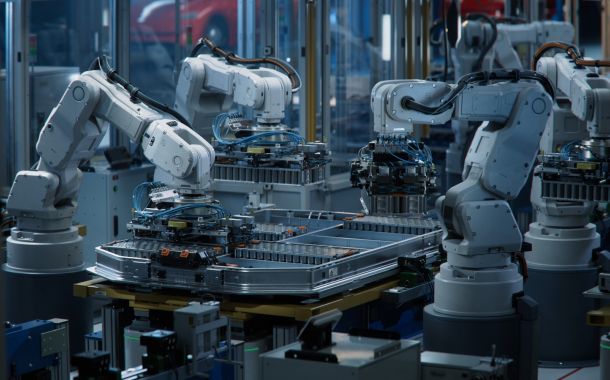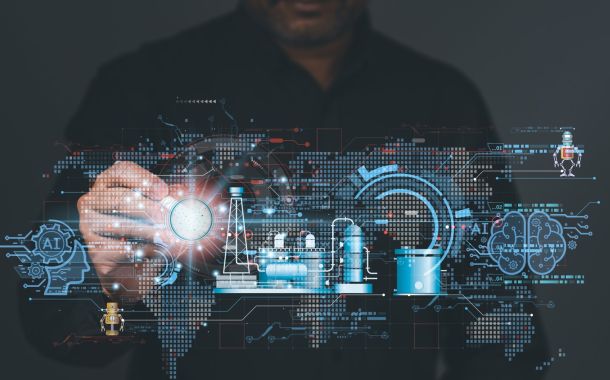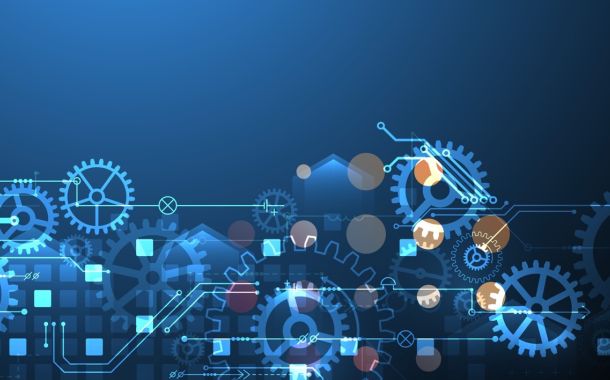Anti-virus protection: how to defend against malicious attacks
The rise of the online world has brought with it an increase in cyber threats, ransomware, and cyber-attacks. For those who want to keep their private and business data safe, anti-virus protection and safety nets are not only an option but a must. What should we be prepared for and how can we protect ourselves against malicious attacks? Let's look at the details!
The rise of cybercrime
According to a 16-country-wide survey by ThoughtLab, cyberattacks in 2021 increased by more than 15% compared to the previous year. The underlying causes are varied, most often due to misconfiguration, human error, and lack of maintenance.
The summary analysis also reveals that while digital transformation has exploded with tremendous force, 41% of companies believe that this change has not been matched by changes in their security architecture.
A similar survey was conducted by UpCity, with a focus on US companies’ preparation for attacks and their dedicated attention to cyber defence. Their results show that only half of those companies have a cybersecurity plan in place, and a third of these have not updated their strategy in response to external events such as the pandemic and the advent of home office/hybrid working.
What threats should we expect?
The range of online threats is very wide, cybercriminals are very creative and come up with new solutions and attack methods daily. The most common threats are:
Viruses
Viruses can duplicate or multiply themselves, so they can spread from one device to another if they are not stopped.
Ransomware
Ransomware, once inside a machine, locks its contents and data and will only unlock it if the owner of the device pays the requested ransom.
Worms
While viruses can spread through files, worms do not need such "hosts" and multiply without them.
Trojan horses
The greatest weapon of Trojan horses is stealth. Various types of malware are introduced to the device by disguising them as a harmless programs. They infiltrate the system and provide gateways to attacks.
Spyware
Spyware is used to gather information. They collect passwords and personal information entered while using the device and transmit it to the attackers.
Phishing
Phishing, as the name suggests, is all about obtaining data. In the form of emails, forms, payment reminders, and sweepstakes, victims are tricked into giving up their most important data, credit card details, contact details, ID numbers, etc.
How does anti-virus protection work?
Security software is designed to protect devices, files, and systems from malicious attacks. Anti-virus protection software monitors computers and smartphones and removes files that cause damage. This technology relies heavily on artificial intelligence and machine learning solutions, especially at the stage of deciding whether a file is indeed malicious.
However, in addition to the use of anti-virus solutions, prevention must also be considered. Leaving few gaps in the security shield reduces the chances of becoming a victim. It's worth reviewing access regularly, using strong passwords and changing them at regular intervals, activating dual sign-on, updating, maintaining software, and explaining basic IT security rules to colleagues.
What are the signs that security is being compromised?
Viruses and malware fall into two categories: those that want to remain invisible for as long as possible and those that want to be detected as soon as possible. If the software remains undetected, it can collect data and thus gain access to valuable information. However, if it is a ransomware virus, it is immediately revealed, as the software blocks the device and only releases this restriction for a ransom.
Some signs indicate that the device has been attacked by a virus. For example, if the operation suddenly slows down and lags, but data traffic increases and the battery drains quickly. This can also be indicated by the appearance of SMS, emails, and messages that were not sent by the owner.
If this happens, it is not worth delaying, you should start the pest control as soon as possible.
The issue of IT security is becoming more and more prominent, and this is also very relevant for software development. Already at the design stage, when the software is being created, security aspects and the protection of the structure must be considered.
At SynerinSoft we know that a system is worthless without the right security bulwarks. Click to see how we work!




